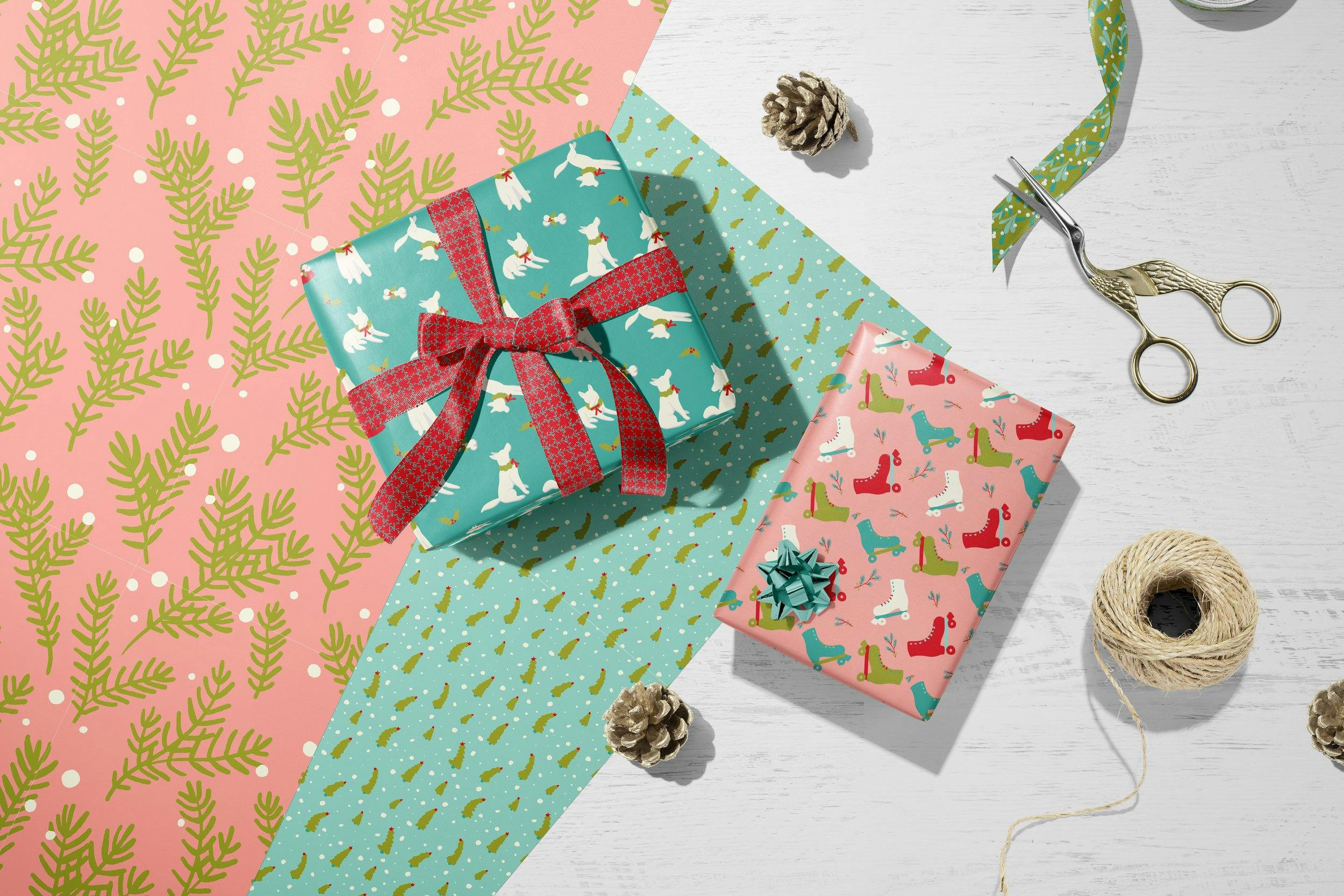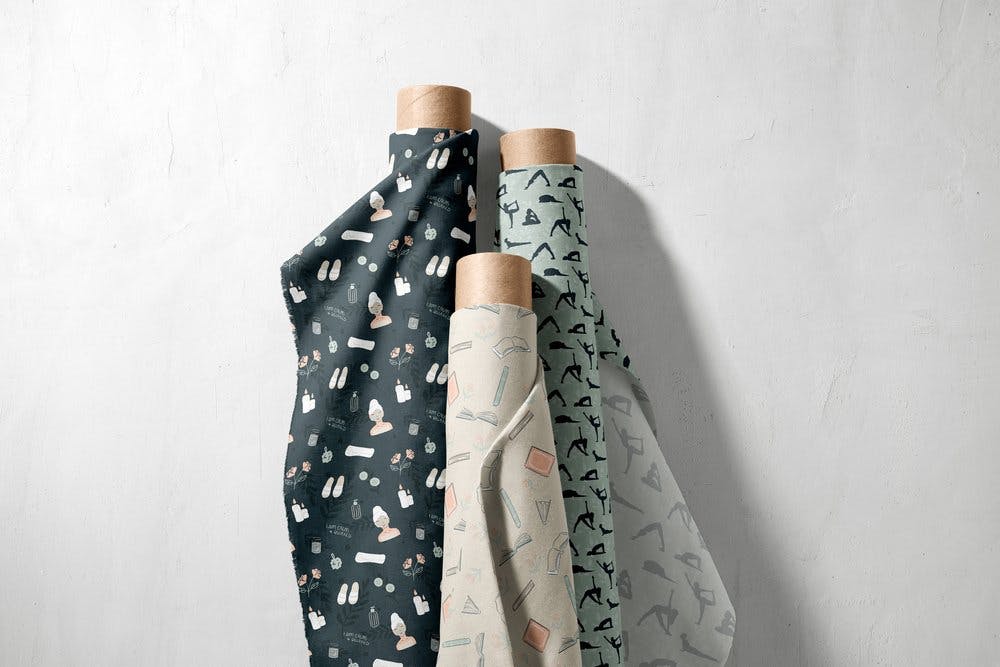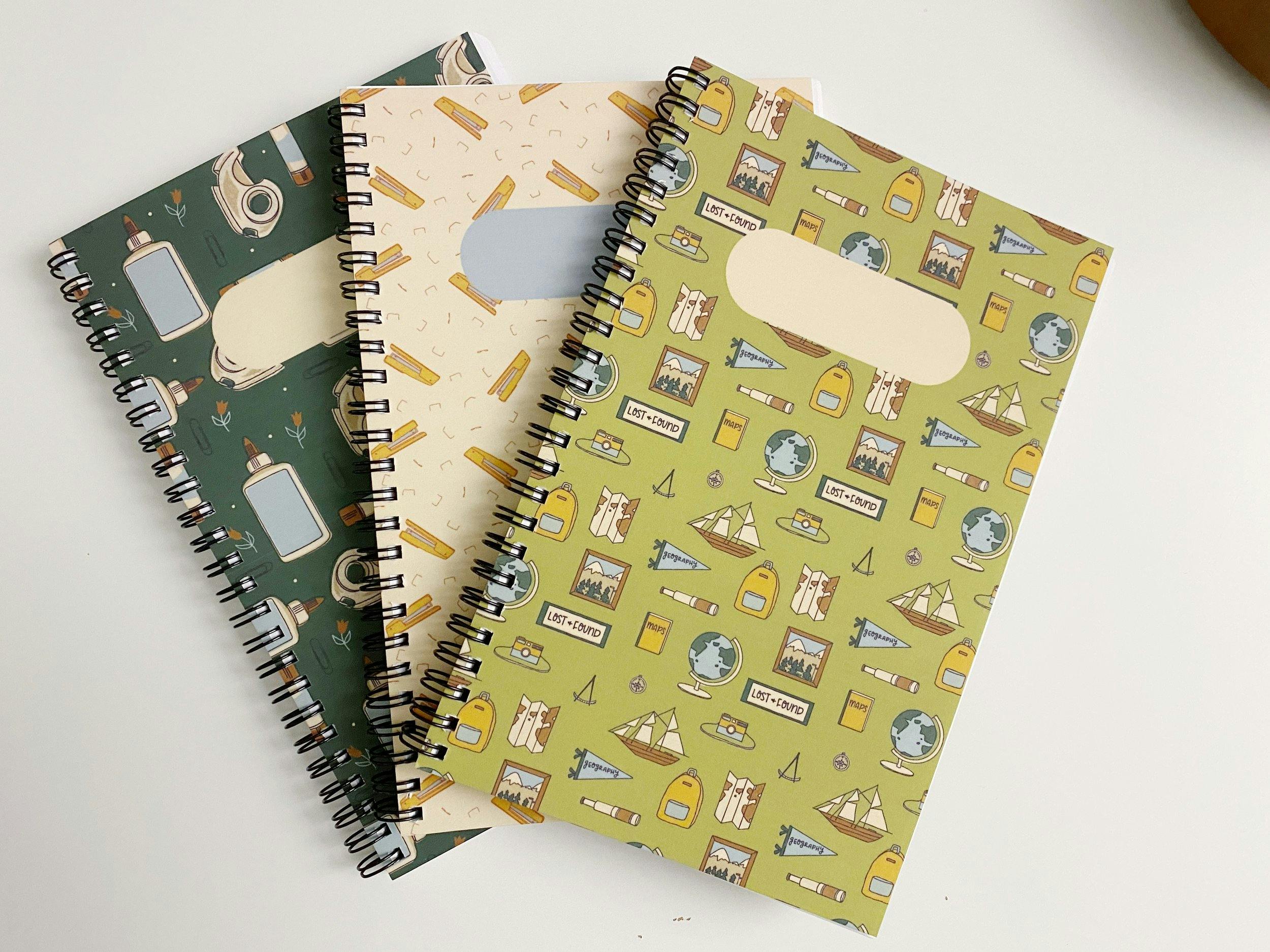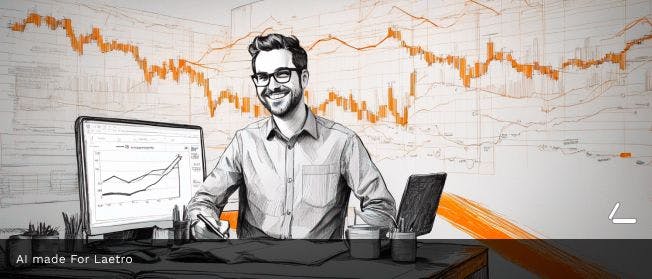In a world where products compete for attention on both shelves and screens, great packaging can make all the difference. That’s why packaging design jobs are in high demand—offering creative professionals the chance to shape how products look, feel, and connect with consumers. Whether it’s crafting bold graphics, selecting sustainable materials, or designing an unforgettable unboxing experience, packaging designers play a key role in branding and marketing success. This article explores what packaging design is, why it matters, and what it takes to build a rewarding career in this dynamic field.
What Is Packaging Design?
Packaging design is the process of creating visual and physical packaging that both protects the product and grabs the consumer’s attention. It’s one of the most important tools a brand can use to stand out in a crowded market. From colors and fonts to materials and layout, packaging influences how a customer feels about a product—often in just a few seconds.
Why Packaging Design Matters
A great design does more than just look nice. It builds brand recognition, communicates product benefits, and can even influence purchasing decisions. In a world where consumers are overwhelmed with choices, packaging often becomes the deciding factor. Brands rely on good packaging to connect with their audience quickly and effectively.
The Growing Demand for Packaging Designers
Because of its importance in marketing and brand storytelling, the demand for skilled designers is on the rise. Packaging design jobs are now a core part of industries like food and beverage, cosmetics, tech, retail, and sustainability. Companies are looking for creatives who can bring fresh ideas to life and design with both form and function in mind.
What Does a Packaging Designer Do?
A packaging designer combines creative thinking with practical problem-solving. They work with marketing teams, product developers, and manufacturers to design packages that reflect the brand and serve the needs of the product. Their work includes:
- Researching market trends and consumer preferences
- Choosing materials that balance cost, durability, and sustainability
- Designing layouts for print, labels, or boxes
- Ensuring packaging works across different sizes and product types
- Creating mockups and prototypes for testing and approval
Real-World Examples
Consider Apple’s sleek product boxes—clean, minimal, and instantly recognizable. Or Lush, the handmade cosmetics brand that uses recyclable and minimal packaging to reflect its eco-conscious values. These are not just boxes—they’re brand experiences. Packaging designers are behind every detail, from the unboxing moment to the shelf appeal.

Artwork by Bee Sweet Studio
Is It the Right Career for You?
If you’re passionate about design, enjoy solving visual challenges, and want to make a real impact on how people experience products, packaging design jobs might be a perfect fit. The field offers creative variety, opportunities for growth, and the chance to work on everything from global product launches to local artisan goods.
Frequently asked questions about packaging design jobs include:
What does a packaging designer do?
A packaging designer creates the visual and structural design of product packaging. They turn ideas into designs that are both attractive and functional, working closely with marketing teams, clients, and manufacturers. Their job is to make packaging that reflects the brand, catches the eye, and meets production requirements.
What skills and qualifications are needed?
Most packaging design jobs require a degree in graphic design, communication design, or a similar field. Employers look for a strong portfolio that shows creativity and technical skills. Experience with design software like Adobe Illustrator, understanding of print production, and the ability to manage deadlines are also important. Good communication and time management skills help designers succeed in fast-paced environments.
What types of products do designers work on?
Packaging designers can work on everything from snacks and drinks to electronics and beauty products. Because the range is so broad, designers need to be flexible and able to adapt to different styles, audiences, and packaging formats. This variety makes packaging design an exciting and ever-changing career path.

Artwork by Bee Sweet Studio
What are the benefits of working in packaging design?
Packaging design jobs offer a rewarding mix of creativity and strategy. You get to bring ideas to life in a way that directly impacts how people see and choose products. Whether working freelance or with a company, there’s a strong demand for skilled designers across industries. It’s a career that allows for creative growth, job stability, and opportunities to work on meaningful and visible projects.
Packaging design jobs offer a creative and impactful career for those with strong design skills and an eye for detail. Designers work across industries to create packaging that is both functional and visually appealing. With the right qualifications, a strong portfolio, and an understanding of branding, packaging designers can enjoy a rewarding and stable career in a fast-growing field.
Conclusion
Packaging design is more than just making products look good—it’s about blending creativity with strategy to influence how people see, choose, and connect with brands. As demand grows across industries, packaging design jobs offer a stable, exciting path for anyone passionate about visual storytelling and branding. Whether you’re just starting out or looking to specialize, this field opens doors to meaningful work, constant learning, and the chance to shape how the world experiences products.

